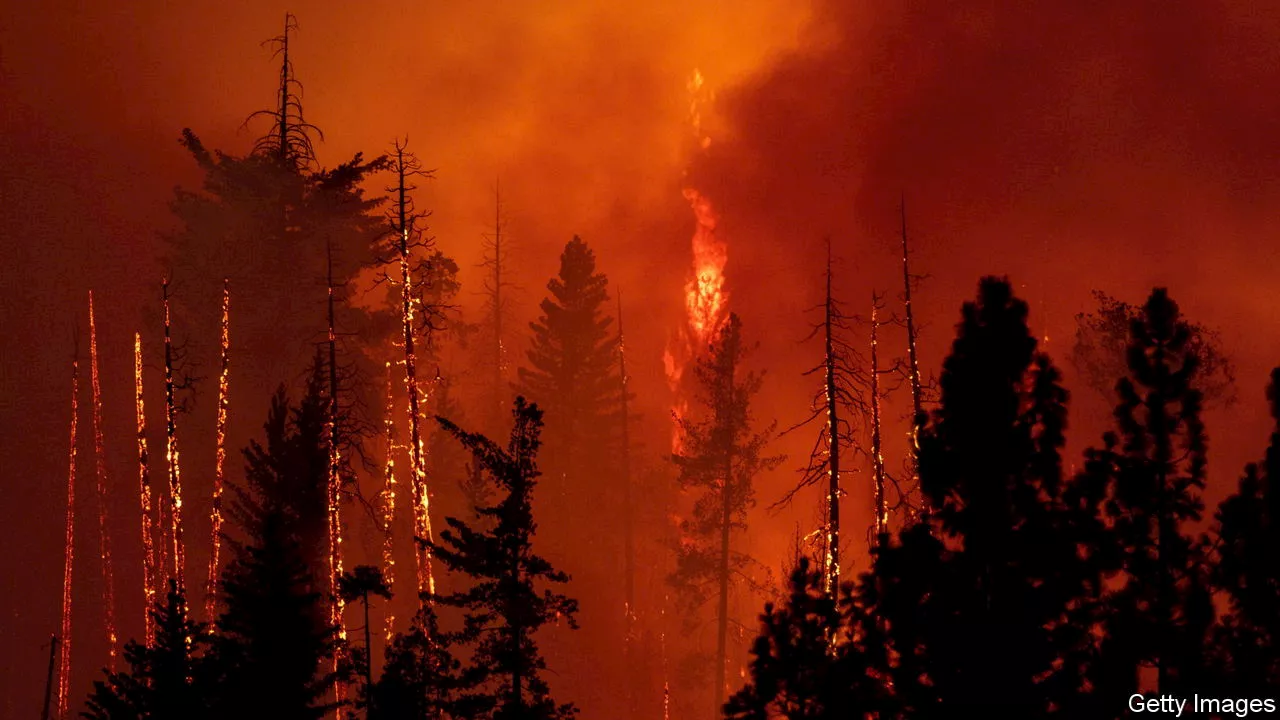We explain in four charts
agency, announced that in the 12 months to January 31st the world’s temperature had been, on average, 1.52°C higher than pre-industrial levels. The Paris agreement, atreaty of 2015, committed countries to keep the rise in “global average temperature…well below 2°C above pre-industrial levels” and seek to limit it to 1.5°C.
The first problem is what constitutes “pre-industrial levels”. Technically, this could refer to any period before the industrial revolution. The Intergovernmental Panel on Climate Change , whose reports are approved by governments and therefore provide a scientific framework for global climate policy, uses the average temperature for 1850-1900. But even that leaves room for fuzziness: there were no reliable instrumental records in that period. Scientists have to rely on approximations.
The world need not wait that long. The long-term residence of greenhouse gases in the atmosphere means that so long as there is a net flow of these gases into the atmosphere they will accumulate and temperatures will continue to rise. If the average for the past decade is 1.5°C or above and greenhouse-gas concentrations are not falling, it should not be necessary to wait another ten years to say that the Paris target has been exceeded.
None of these solutions is perfect. But as the first Paris threshold gets ever closer and questions are raised about what should be required from governments after it is crossed, resolving the complexities has become a pressing matter.
